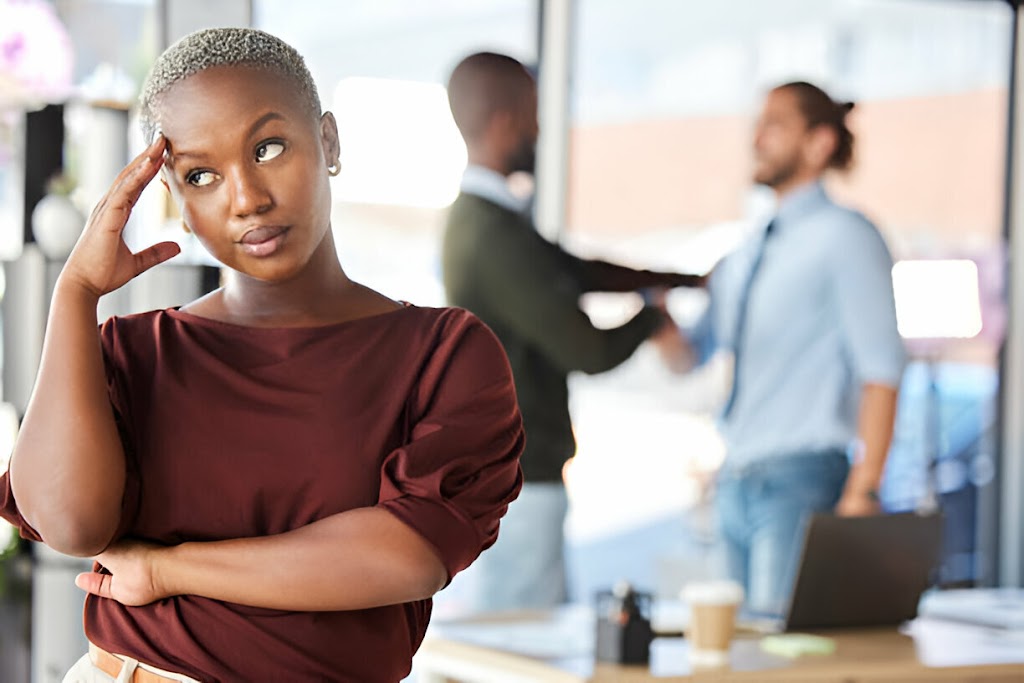Introduction
Bipolar disorder is a mental health issue that causes extreme changes in mood and energy levels. Because it affects how people feel and act, knowing what to look for can make a big difference. Spotting signs early helps someone get care that works, plus makes sense of confusing feelings. With proper help, they’re more likely to build strong connections and move forward in better ways.
Grasping bipolar disorder isn’t just about noticing shifts in mood; it’s getting used to the broad spectrum of feelings those individuals go through. They might swing from highs filled with energy, enthusiasm, or bursts of new ideas into times marked by low spirits and total burnout. Moving back and forth like this can feel overwhelming unless there’s support around. Dealing with these swings usually calls for help – someone who knows what they’re doing.
With talks around mental health getting louder, spotlighting something like bipolar disorder matters more now. A kinder, more aware mindset helps folks reach out – no worry about being judged or misread. Getting serious about emotional health starts by recognizing what people actually go through.
When looking into bipolar disorder’s signs and how it’s diagnosed, keep in mind – learning helps people feel stronger. Boosting awareness while showing care pushes us toward less judgment, building communities where mental health matters for everyone. Here’s a chance to get clearer on the topic while uniting behind those living with this challenge.
Understanding Bipolar Disorder
Bipolar disorder hits folks no matter their age or background, yet getting how it works matters a lot. This issue swings between intense emotional peaks – manic or hypomanic times – and deep emotional valleys, which are depressive spells. These shifts mess with day-to-day life, so handling jobs, connections, or even basic habits gets tough.
Bipolar disorder shows up in many different groups, so spreading knowledge about mental health really matters. Spotting symptoms early helps people get checked out sooner – this usually means getting help faster and feeling better over time. When more folks understand it, shame drops off while support grows.
Those dealing with bipolar disorder swing between many moods. Highs might bring bursts of energy or fresh ideas – yet lows hit hard with deep sorrow or emptiness. Seeing this full picture helps folks offer real compassion instead of quick fixes.
Focusing more on bipolar disorder helps build a kinder, understanding environment. Talking openly while showing care aids those affected – also boosting shared efforts toward mental well-being.
Common Symptoms of Bipolar Disorder
Finding the usual signs of bipolar disorder helps catch it early – so action can follow. This issue usually brings three kinds of phases: high-energy, low-mood, or a mix of both.
Manic Episodes
Manic episodes mean moods and energy shoot way up. People might suddenly feel super sure of themselves, get a lot done, or stay charged all day. Resting feels pointless, so they skip sleep while jumping into rash moves – like blowing cash fast or doing risky stuff without thinking. That burst of power might seem great early on; still, things quickly spiral out of control, pushing someone toward actions that backfire hard.
Depressive Episodes
Depressive spells show up very differently from person to person. Some folks feel a heavy sadness, low energy, yet lose interest in things they used to enjoy. Focus gets fuzzy while shame or self-doubt grows stronger. Everyday chores start feeling impossible, so people might pull away emotionally.
Mixed Episodes
Mixed episodes mean high energy and deep sadness show up together. One moment you’re wired, the next you’re crushed by gloom. These states stir confusion – like being agitated but numb inside. They feel overwhelming, sometimes pushing people toward rash choices. The mix makes it harder to cope, increasing risks without warning.
Picking up on these signs helps make sense of what living with bipolar feels like. When more folks get it, spaces become safer for someone to ask for support or talk about tough times. Talking freely about emotional well-being can ease loneliness while helping people move toward recovery.
Diagnostic Criteria for Bipolar Disorder
Finding the right problem helps fix it well. Experts use clear rules instead of guesses when checking if someone has bipolar disorder.
There’s two main types of this health issue doctors usually spot
Bipolar I Disorder
Bipolar I means someone’s had a serious manic phase. That shift brings intense highs in mood or drive, messing with choices and daily life. While low moods often show up, they’re not needed to confirm the condition.
Bipolar II Disorder
Bipolar II means someone’s had a hypomanic phase along with a serious depressive stretch. Hypomania feels like mania – though milder – and usually doesn’t land you in the hospital. Mood swings between these states can mess up regular routines quite heavily.
Figuring out bipolar disorder usually starts with a close look at how someone’s been feeling. Mental health experts – like psychiatrists or therapists – talk with the person, watch their behavior, sometimes use tested questionnaires too. By doing this step by step, they can spot repeating signs and decide what kind of help might work best.
Figuring out these diagnosis labels makes it easier for people or loved ones to talk clearly with doctors – while also finding help that actually fits what they’re going through.
The Emotional Spectrum: From Happiness to Joy
Bipolar disorder brings intense shifts in feelings, way deeper than everyday mood swings. Spotting these moods lets people tell apart normal ups and downs from signs of the condition.
When someone’s dealing with bipolar disorder, happy times can still pop up – those bits matter. These flashes bring a sense of hope, strengthen inner toughness, yet also show that feeling okay emotionally isn’t out of reach. Holding onto them, even if they don’t last, helps keep things steady when life gets rough.
Facing these emotions means staying alert, giving steady attention – also leaning on folks who get how tricky it can be. Therapy helps; so does looking inward without filters – on top of having reliable connections nearby. Together, they make mood swings easier to handle.
Facing every feeling – both the good ones and the tough ones – lets people grow kinder toward themselves. When they get care and truly feel heard, life becomes fuller, shaped more by real emotion than by labels or fear.
Seeking Help and Support
Finding issues fast matters a lot when someone has bipolar disorder. Spotting it soon boosts chances down the road, letting folks stay balanced while avoiding serious flare-ups.
Treatment typically involves:
Medication
Mood stabilizers or antipsychotics, maybe even antidepressants, can help balance moods and handle symptoms. Picks depend on what works best for each person.
Therapy
Cognitive-behavioral therapy, or CBT, builds coping tools by changing thought patterns – while interpersonal work focuses on relationships. These methods differ, yet each sharpens awareness of personal struggles. Psychoeducation adds knowledge, helping people grasp what they face. With this mix, handling everyday stress becomes less overwhelming.
Lifestyle Adjustments
Sticking to a steady bedtime helps mood stay balanced – also, daily habits give your mind more control. Moving your body often plays a big role, while calming methods like breathing or quiet time make therapy work better. One thing builds on another without needing perfect results.
Talking to experts about your mind helps you get care that fits just right. These pros – like psychiatrists or counselors – give advice based on your own story, also creating a space where feelings are welcome without judgment.
Staying close to people you trust – like loved ones or fellow group members – helps keep your mood steady. Talking with folks going through the same things cuts loneliness while boosting optimism.
Asking for help isn’t weak – it’s bold, choosing your well-being while aiming for balance and meaning in everyday living.
Conclusion
Figuring out bipolar disorder means spotting the signs it brings, also knowing how doctors identify it. Moving through mood swings – highs that soar plus crashes that drag low – shows just how tangled this illness can get. Getting support matters, so does reaching out; both make handling life with bipolar way more doable.
Looking after your mind matters. Therapy helps – so does changing daily habits while leaning on people who care. Tough times happen; still, getting better can happen.
Living with bipolar disorder doesn’t mean missing out on calm or happiness. With steady help, inner strength, yet strong connections around you, people can shape real, satisfying lives – full of meaning and a sense of direction. Keep this in mind: feeling emotionally stable matters deeply; each move forward in awareness or kindness adds power and clear thinking.




